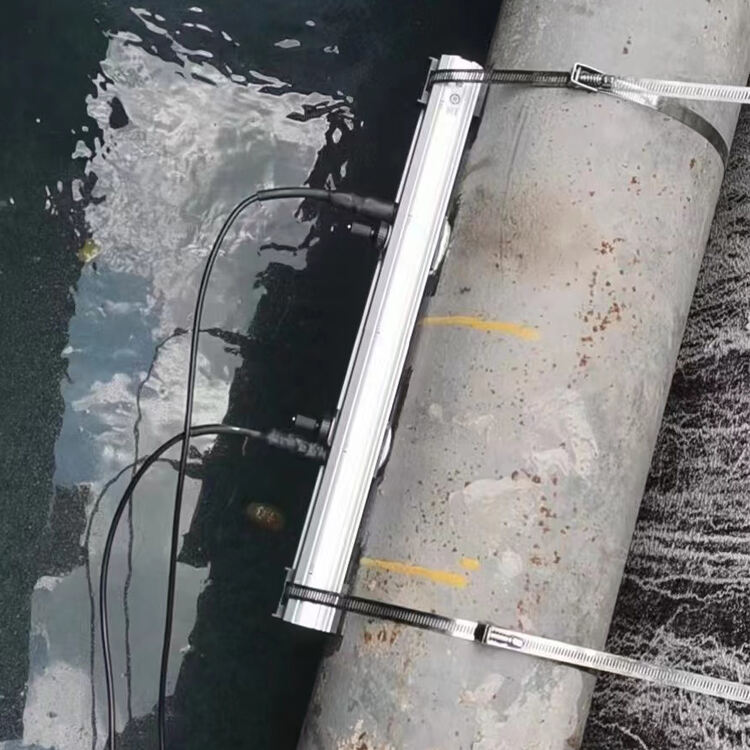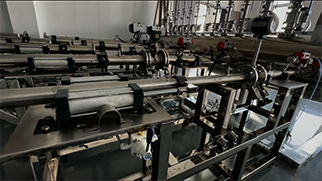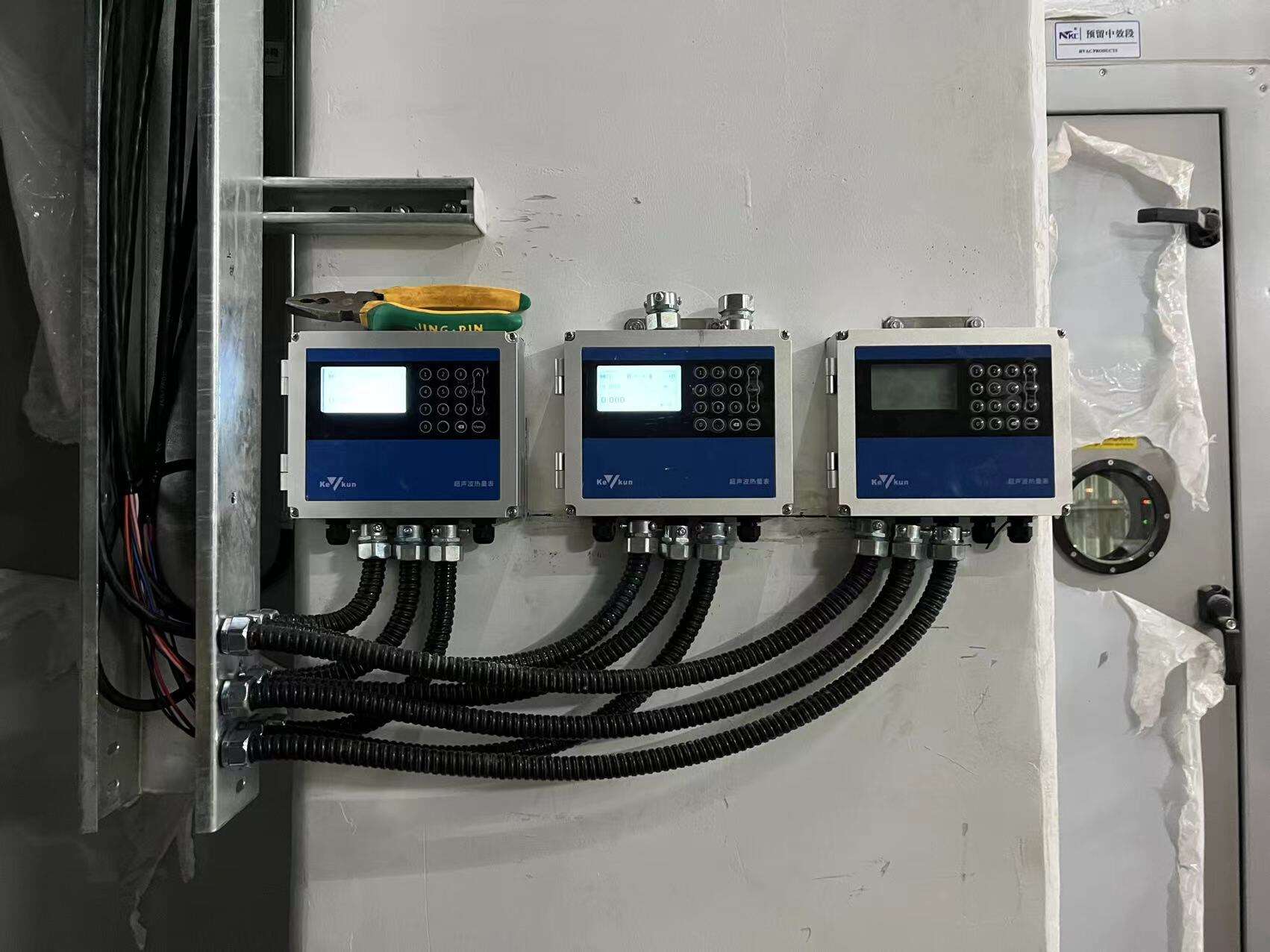Sixteen misconceptions that must be avoided in on-site instrument selection! With the improvement of automation level in various industries, the requirements for technology are becoming higher and higher, therefore stricter requirements have been put forward for the selection of on-site instruments. The correct and reasonable selection of on-site instruments can not only reduce the probability of instrument failure, but also improve the safety factor of chemical production and the economic benefits of construction enterprises. Therefore, suitable selection of on-site instruments plays an important role in chemical production. So how to do a good job in selecting on-site instruments and avoid misunderstandings? Today, the editor will take you to understand together.
Automation instruments can be simply divided into the following categories: detection instruments, display instruments, control instruments, and actuators. Among them, detection instruments and actuators, as on-site instruments, are the basic components and essential parts of automation systems, and their importance is self-evident in production. The selection of on-site instruments is directly related to the stability and safety of chemical production, so avoiding errors in on-site instrument selection cannot be ignored.
On site instruments are divided into two categories: detection instruments and actuators. The detection instruments include temperature detection instruments, pressure detection instruments, flow detection instruments, liquid level detection instruments, and composition analysis instruments. The actuators include: pneumatic actuators, electro-pneumatic converters, valve positioners, and electric actuators. Each type of on-site instrument can be further classified based on different measurement principles.

The flow meter, as the name suggests, measures the flow rate. Flow measurement is the science of studying the changes in material quality, and the law of mass mutual change is the basic law of the development of things. Therefore, its measurement object is no longer limited to the traditional sense of pipeline liquid. Wherever it is necessary to master quantitative changes, there are problems with flow measurement. Flow rate, pressure, and temperature are listed as three major detection parameters. For a certain fluid, as long as these three parameters are known, the energy it possesses can be calculated, and these three parameters must be detected in the measurement of energy conversion. Energy conversion is the foundation of all production processes and scientific experiments, so flow, pressure, and temperature instruments are widely used.
When selecting flow meters, we often fall into such misconceptions.
Blindly superstitious about imports
A large portion of people believe that imported goods are definitely the best. The author's experience in working in flow meters for over a decade has confirmed that domestically produced ones are the most cost-effective (except for flow meters that cannot be produced domestically); Choosing imported instruments not only requires expensive payment when purchasing their products, but also makes it difficult to guarantee after-sales service in the future (even a small accessory has to make you wait for a month, and you have to pay tens of times the domestic price)
Superstitions are expensive, but they are good
There are two reasons why flow meters are expensive: one is the manufacturer's pricing method; Another reason is that the total production volume is too small, and revenue can only be increased by increasing the profit per unit.
Blindly believing in a flowmeter manufacturer
Some people, after purchasing a flowmeter from a manufacturer, believe that both parties have established a certain reputation foundation, but little do they know that flow meters are also a big family consisting of nearly a hundred products. No domestic flowmeter manufacturer dares to say to the public that we can produce any flowmeter. This can be reflected in their selling price and future after-sales service.
Blindly selecting new flow meters
Don't be fooled by the salesperson from the manufacturer, they are often using you for experiments. Perhaps the pre factory calibration is qualified, but is long-term operation reliable? Can you really meet your requirements? The upgrade and replacement of flow meters are not as fast as mobile phones and televisions, and the old ones are the ones that can withstand market tests!
Only based on pipeline selection
This is the most common situation that often results in unsatisfactory measurement results. It's not a quality issue with the flow meter itself, it's also a measuring instrument with its own measurement range.

Not selecting according to the type of medium
Although this situation does not occur in many cases, I have indeed seen the use of vortex flow meters to measure mud.
A flowmeter can measure any flow rate
Some irresponsible manufacturers and salespeople may tell you that our flow meters can measure anything. If you hear this, you can ask them to leave your office because they are talking nonsense to you!
Failure to install according to installation requirements
For example, many flow meters require sufficient front and rear straight pipe sections. Please carefully read the user manual before installing the flow meter to avoid unnecessary trouble.
Do not set parameters after installation
Most of the time, it will appear in battery powered flow meters, and the set parameters are set by the manufacturer. Once installed, it can be used, which may cause significant measurement errors and unnecessary losses.
Failure to perform maintenance on time
This will cause a decrease in the accuracy of the flow meter, and the manufacturer can tell you how to maintain it, just like when a car needs to be taken to an after-sales service center for maintenance after being driven for a period of time.
Pressure gauges are widely used in the production of chemical, petroleum, metallurgy, mining, power, and other industries. They are the most commonly used measuring instruments for displaying and controlling pressure. They are like human eyes and play a huge role in the production process of enterprises.
When selecting pressure instruments, we often fall into such misconceptions.
Selection of pressure gauge: Choose a regular pressure gauge without considering the medium
The spring tube of a regular pressure gauge is made of copper, and if used in corrosive media, it will greatly reduce the service life of the pressure gauge. A certain chemical enterprise sent 15 pressure gauges at once. After inspection, repair, and calibration, only 3 were qualified, while the remaining pressure gauges were scrapped due to corrosion or damage to the spring tubes. After selecting stainless steel pressure gauges, there was no phenomenon of pressure gauges being scrapped due to corrosion.

Select a pressure gauge with a large range for frequent pressure changes
In some compressors or pumps where the outlet pressure changes frequently, using a large range pressure gauge to prevent damage to the gauge is actually of no use. The transmission principle of a pressure gauge is that the deformation of the spring tube is caused by the meshing of the fan-shaped gear and the cylindrical gear, and the pointer is rotated by the oil wire. If the pointer of the pressure gauge rotates frequently at a certain angle, it will cause the gear at that angle to wear out and cause damage to the movement. The location where the pressure gauge of a certain liquefied petroleum gas company was damaged was always due to gear wear. After replacing it with a seismic resistant pressure gauge, the effect was significant.
In addition, the selection of the range of the pressure gauge is to ensure that the elastic element can work reliably within the safe range of elastic deformation. The selection of the range of the pressure gauge should not only be based on the size of the measured pressure, but also consider the speed of the measured pressure change, and its range should leave enough space. When measuring stable pressure, the maximum working pressure should not exceed 2/3 of the range; When measuring pulsating pressure, the maximum working pressure should not exceed 1/2 of the range; When measuring high pressure, the maximum working pressure should not exceed 3/5 of the range. To ensure measurement accuracy, the minimum working pressure to be measured must not be lower than one-third of the range.
A frequency converter is a control device that converts power frequency electrical energy into other frequency electrical energy. With the continuous development and improvement of frequency conversion technology, the functions and advantages of frequency converters are constantly improving. Its energy-saving effect, soft start function, strong speed regulation function, good protection function and other advanced control technologies have been widely applied in the development of enterprises.
Choosing a frequency converter to save power
Many manufacturers and salespeople boast about the high energy-saving rate of frequency converters, and users believe it to be true. They simply choose frequency converters at high costs to save electricity, but the results are greatly disappointing. The ability to save power after using a frequency converter is determined by the type of load it drives. For fan and pump loads, the use of frequency converters has a significant energy-saving effect, while for constant power loads and constant torque loads, the energy-saving effect is much worse, and even cannot save electricity.
Determine the selection of frequency converter based on the rated power on the motor nameplate
There is a certain theoretical basis for selecting a frequency converter based on its rated power, but in many practical situations on site, the motor operation margin is too large, or the motor operates under overload. As a result, the frequency converter selection is either too large, causing economic waste, or too small, resulting in motor damage or frequency converter explosion. The simplest estimation method is to select the frequency converter based on 1.1 times the maximum operating current of the motor during stable operation. If the mechanical equipment is of heavy-duty type, the frequency converter needs to be enlarged for use.
Low temperature valves refer to valves that can be used under low temperature conditions, and valves with operating temperatures below -40 ℃ are usually referred to as low-temperature valves. Low temperature valves are one of the indispensable and important equipment in industries such as petrochemicals, air separation, and natural gas. The quality of these valves determines whether they can be produced safely, economically, and sustainably. With the development of modern technology, the use of low-temperature valves is becoming increasingly widespread, and the demand is also increasing.
If the valve material is low-temperature steel, it is directly considered as a low-temperature valve
In fact, that is just a semi-finished product of a low-temperature valve, because it has not undergone low-temperature and cryogenic treatment. It can be said that low-temperature and cryogenic treatment is the top priority of low-temperature valves. The key to low-temperature valves is to undergo cryogenic treatment to ensure that all parameters of the low-temperature valve meet the requirements, especially the coefficient of expansion, so as not to cause various valve jamming situations during use. Sometimes when considering the issue of price, it is also necessary to consider the quality of the valve. After all, low-temperature valves are special valves. Low temperature valves not selected based on the tested medium are mainly used to output liquid low-temperature media such as liquid oxygen, liquid nitrogen, liquefied natural gas, etc. Unqualified materials can cause external or internal leakage of the shell and sealing surface; The comprehensive mechanical performance, strength, and rigidity of the components cannot meet the usage requirements or even fracture. Therefore, in the process of developing, designing, and developing liquefied natural gas valves, material is the primary and key issue.
In addition to the selection errors mentioned above, there are also many errors in our on-site instrument installation.
For example, during the valve installation process, we are prone to falling into these nine misconceptions.
The bolt is too long
Only one or two threads of the bolt on the valve should exceed the nut. It can reduce the risk of damage or corrosion. Why buy a bolt that is longer than what you need? Usually, bolts are too long because some people don't have time to calculate the correct length, or individuals don't care about what the final result looks like. This is a lazy project.
The control valve is not isolated separately
Although isolation valves occupy valuable space, it is important to allow personnel to work on the valves when maintenance is needed. If space is limited and the gate valve is considered too long, at least install a butterfly valve, which takes up almost no space. Always remember that for maintenance and operations that require standing on top, using them makes it easier to work and more effective in carrying out maintenance tasks.
No pressure gauge or device installed
Some utility programs like to calibrate testers, and these facilities usually provide a good connection for their on-site personnel to test equipment, but some devices even have interfaces for installing accessories. Although there are no regulations, this design is designed so that the actual pressure of the valve can be seen. Even with supervisory control and data acquisition (SCADA) and telemetry capabilities, it is so convenient for someone to stand next to the valve at a certain point and see what the pressure is.
The installation space is too small
If it is troublesome to install a valve station, it may involve excavation of concrete and other work. Do not attempt to minimize installation space and save that cost. It will be very difficult to carry out basic maintenance in the later stage. Also, remember that tools may be very long, so space must be set up to allow for loosening of bolts. We still need some space, which allows you to add devices in the future.
Not considering later disassembly
Most of the time, installers understand that you cannot connect everything together in a concrete chamber without the need for some type of connection to remove components at some point in the future. It is almost impossible to separate all components if they are tightly tightened without any gaps. Whether it is a groove type coupling, flange joint, or pipe joint, they are all necessary. In the future, sometimes it may be necessary to remove components, and although this is usually not a concern for installation contractors, it should be a concern for owners and engineers.
Horizontal installation of concentric reducer
This may be nitpicking, but it is also worth noting. Eccentric reducer can be installed horizontally. A concentric reducer is installed on a vertical line. In some applications, it is necessary to install on a horizontal line and use an eccentric reducer, but this problem usually involves cost: concentric reducers are cheaper.
Valve wells that do not allow drainage
All the rooms are wet. Even during valve start-up, when air is discharged from the valve cover, water will still fall to the floor at some point. Any person in industry who has seen a flooded valve at any time, but really has no excuse (unless, of course, the entire area is submerged, in which case you have a bigger problem). If the drainage pipe cannot be installed, use a simple drainage pump, assuming there is a power supply. In the absence of power, a float valve with an injector will effectively keep the chamber dry.
Do not exclude air
When the pressure drops, air is discharged from the suspension and transferred to the pipeline, which will cause problems downstream of the valve. A simple air release valve will eliminate any potential air and prevent downstream issues. The vent valve upstream of the control valve is also effective, as guiding the air in the pipeline may cause instability. Why is the air not removed before it reaches the valve?
Spare tap
This may be a minor issue, but backup taps in the upstream and downstream chambers of the control valve are always helpful. This setting provides convenience for future maintenance, whether it is connecting hoses, adding remote sensing to control valves, or adding pressure transmitters to SCADA. For the small cost of adding accessories during the design phase, it significantly increases future availability. Making maintenance tasks more difficult as everything is covered with paint, making it impossible to read nameplates or make adjustments.
Overall, with the rapid development of self-control technology, more intelligent, precise, reliable, and stable automation products have been developed and applied. Choosing instruments well and avoiding errors in instrument selection is one of the important contents of our instrument work.
Copyright © Weibao Information Technology (Shanghai) Co,Ltd. All Rights Reserved